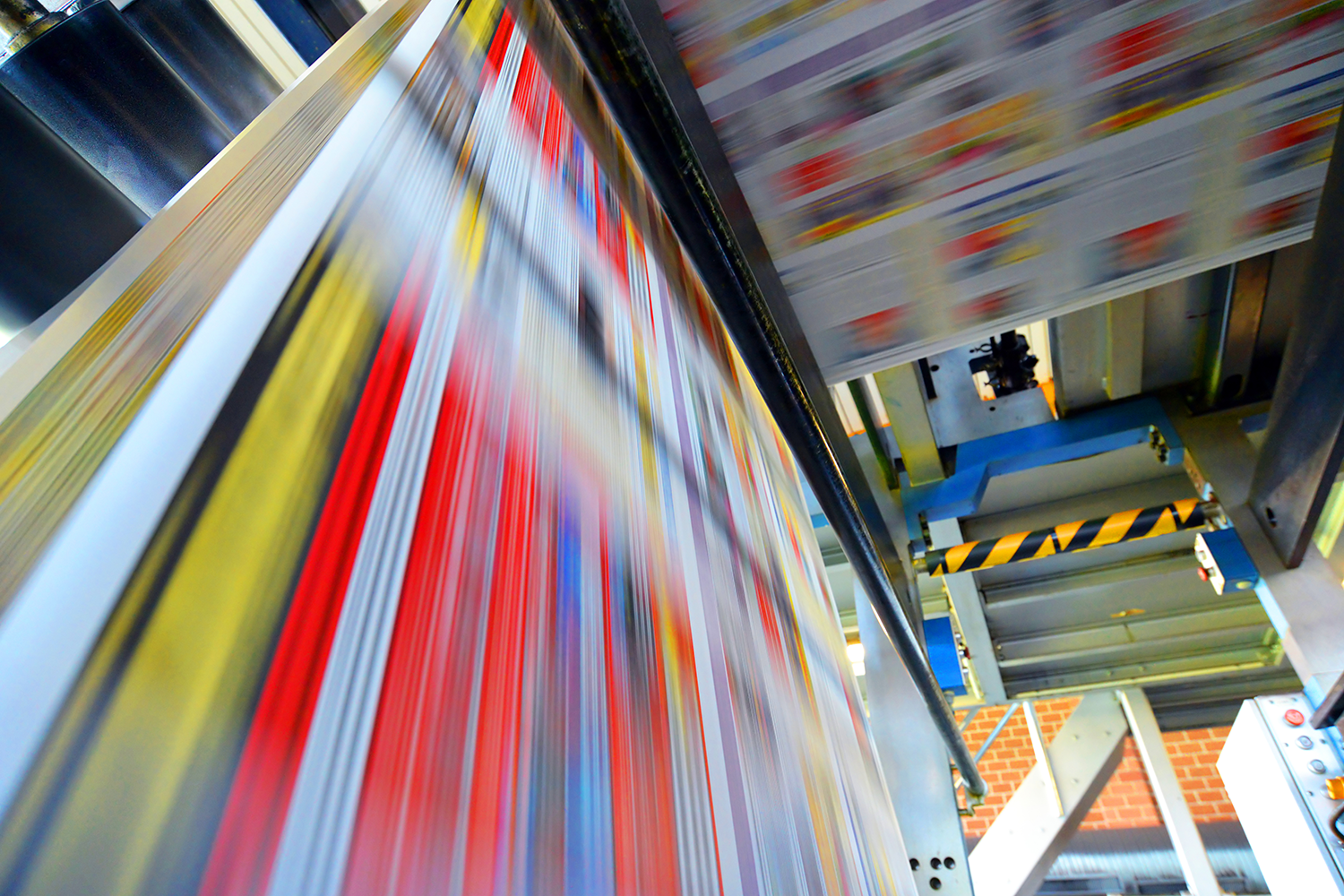It's widely perceived among book publishers and book print buyers that black ink is significantly less expensive to produce than color ink. However, costs can vary by the technology of the machine, the ink, and even the paper you use. The cost difference between black and color ink isn't as significant as it used to be and the process isn’t always straightforward, either.
If you are a publisher or print buyer interested in full color for your next book but you don’t think you can afford it, this article is for you. Learn how two-color, four-color or even six-color book printing is within your reach!
You need to evaluate your book printing goals with your printing model and make cost comparisons to get a better picture of what color costs in today’s digital world. But here are some reasons why color book printing is within your reach.
Color printing in books used to be viewed as a "price issue” to the book publishing industry that was fixed in their ways to only offer quality color offset production in large static quantities. Technology has now improved in digital and it comes at a lower price.
Shorter Runs Make Color Books More Affordable
Prior models of book distribution relied on long runs, resulting in large quantities of books that would be stored in warehouses across the country that could then be sent to retailers as needed. But by being able to reduce those inventories and provide quick turnarounds with digital printing, publishers can be more reactive in providing books that are in high demand in the quantities that are needed.
There are still a number of factors to consider in deciding which digital printing method to use.
Production Inkjet Reduces Pricing
Production Inkjet digital printing equipment has changed the game and reduced the price of digital color significantly. “What production inkjet color printing is offering to those book publishers is reducing those warehousing costs and up-front inventory costs cost outlay becomes infinitely more important, you don’t have to spend so much upfront buying those books that you may or may not sell. Publishers using production inkjet digital printing are reporting savings in the per-unit cost, shipping cost, and return cost,” says Wendy Juback, Book Sales Specialist at Hatteras.
Production Inkjet Improves Quality
From a print quality perspective, a significant level of research and development that equipment manufacturers have put into digital inkjet has advanced the technology to a point where it can now compete with offset in both quality and cost.
The challenge for book manufacturers is finding the production inkjet digital options that are capable of giving you what you need – the quality, the flexibility, and the affordability.<\p>
And when you start to shift that focus and how you look at all of those things, you’ll see that production inkjet digital printing can really fill a need and perhaps lower that cost as demand changes. We don’t know how many titles are going to sell, and digital helps you mitigate that risk of uncertainty.”
Production Inkjet Satisfies Many Needs for Color Book Printing
A change in mindset has been brewing among book publishers. As various elements of book production become more challenging to predict, publishers are finding that digital printing, including emerging inkjet technologies, can address the unpredictable nature of the marketplace.
“Many publishers are used to looking at it as, ‘What’s my cost per book?’But you really have to look at it as a total cost when you integrate inventory, distribution cost, transportation cost, and holding costs,” says Juback.
“With our HP T240 Production Inkjet Web Printer, we offer high-quality color prints on both sides of the paper at speeds up to 500 feet per minute. Let us show you how we can lower your true cost of color book printing.
Don’t be stuck in black-and-white. Color is within your reach. Contact Wendy Juback, Book Sales Specialist at Hatteras, Inc. to learn how. Visit us at www.4hatteras.com

